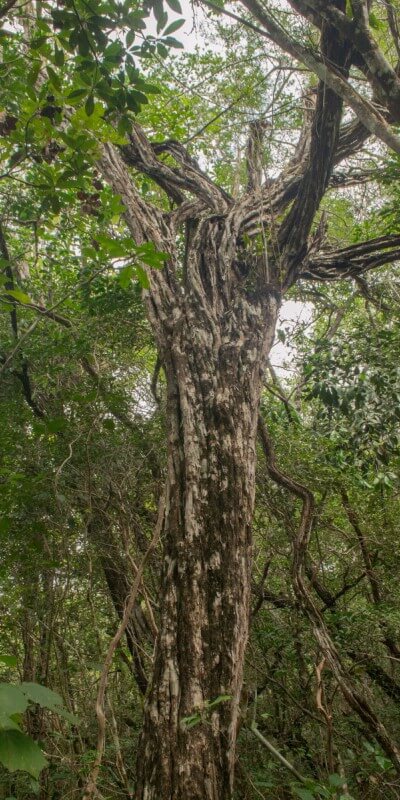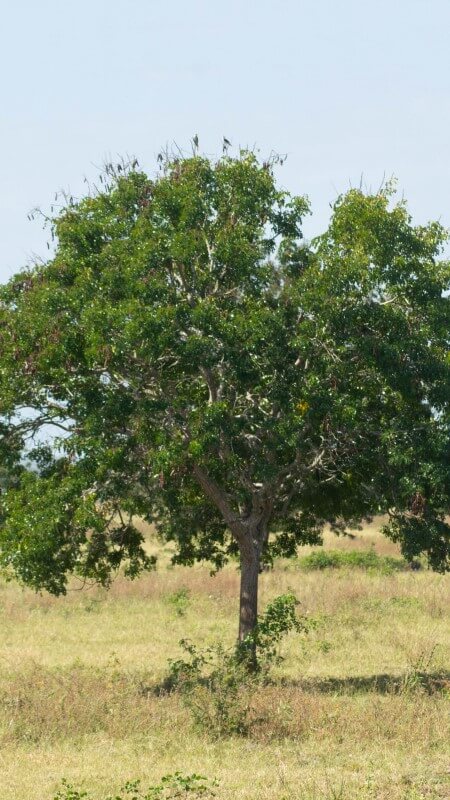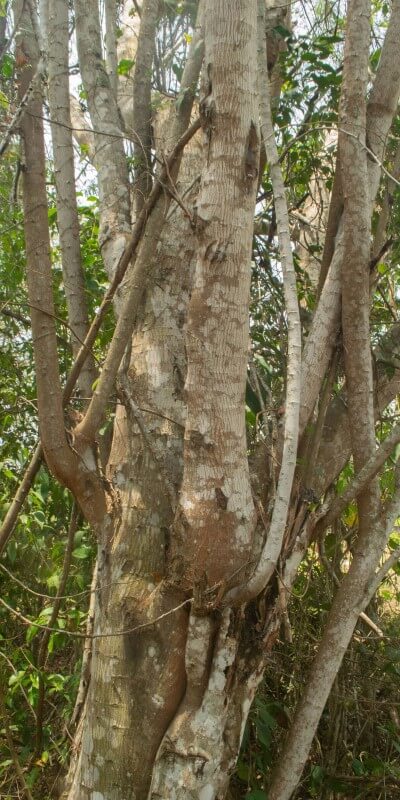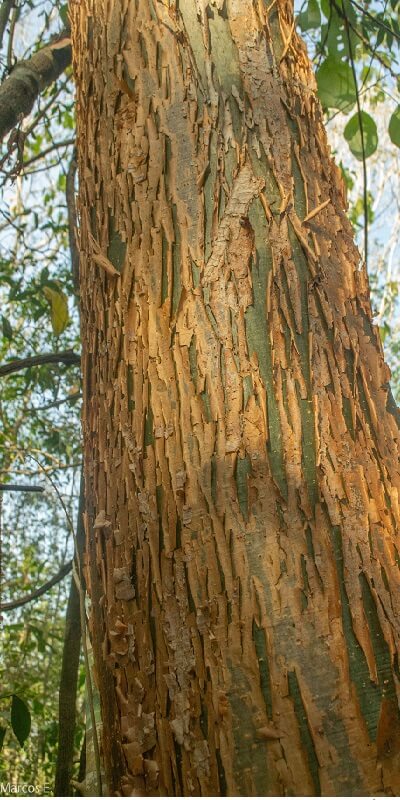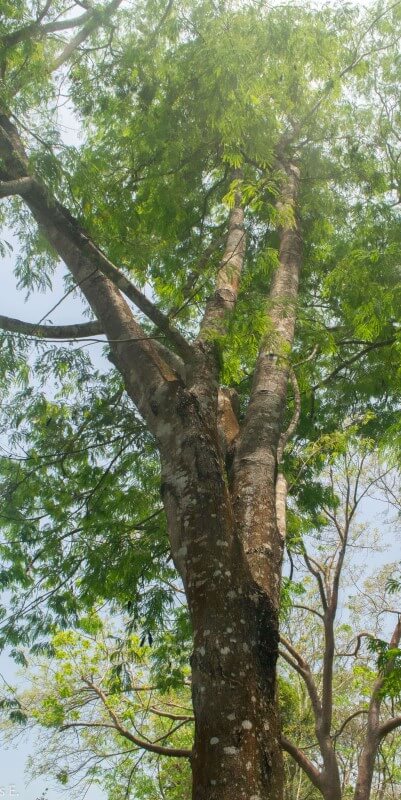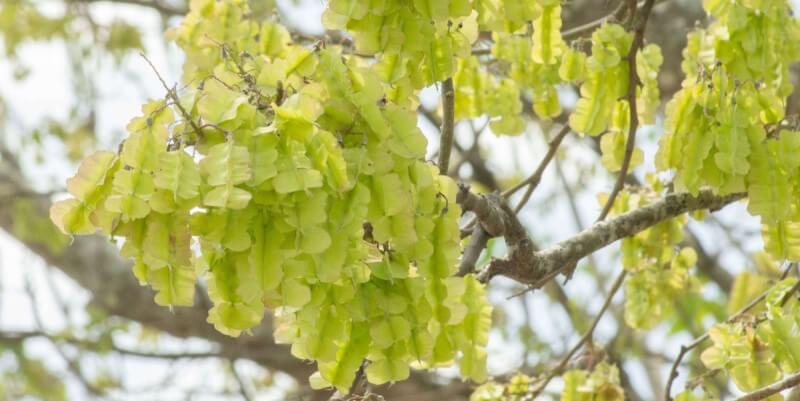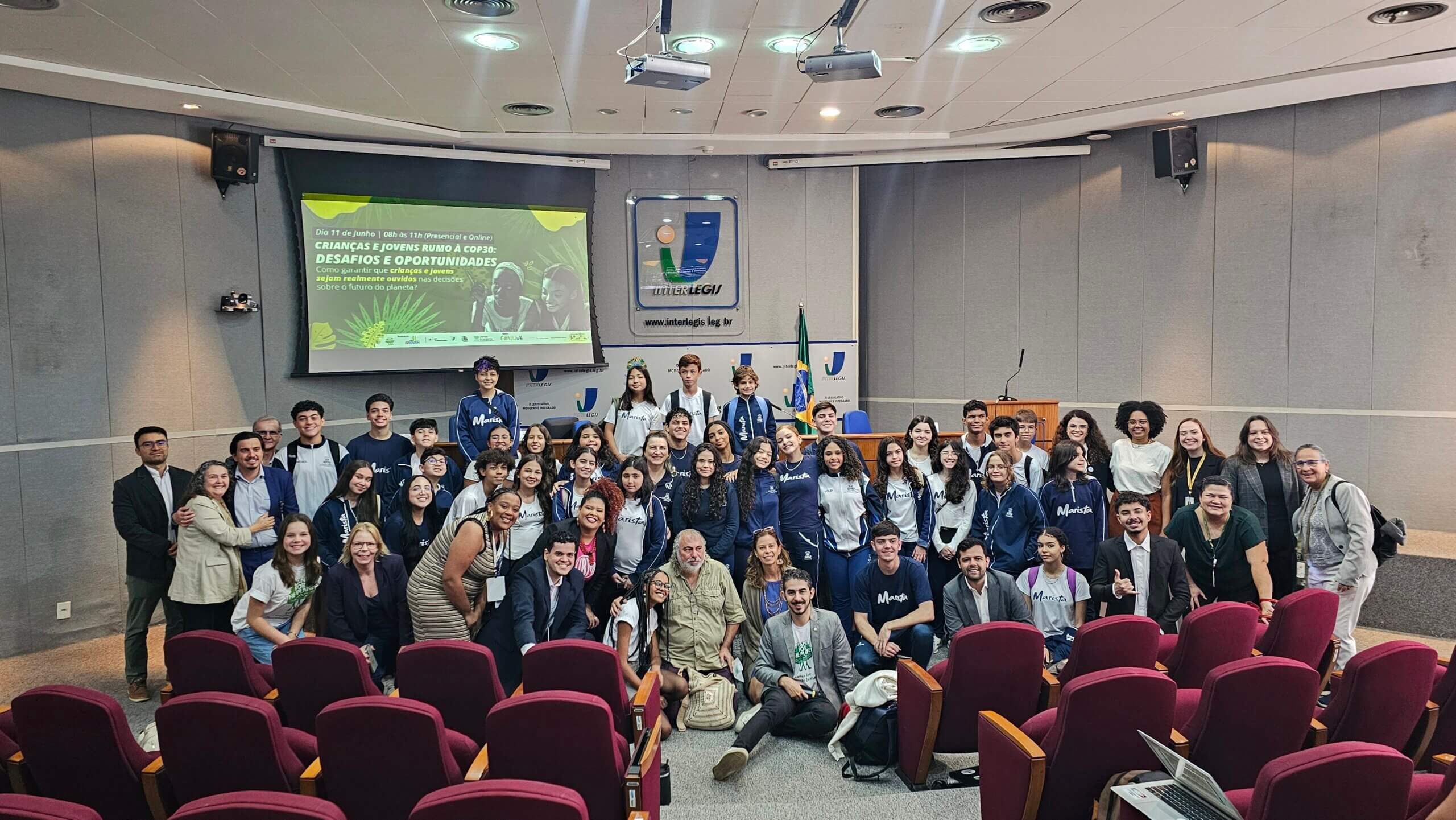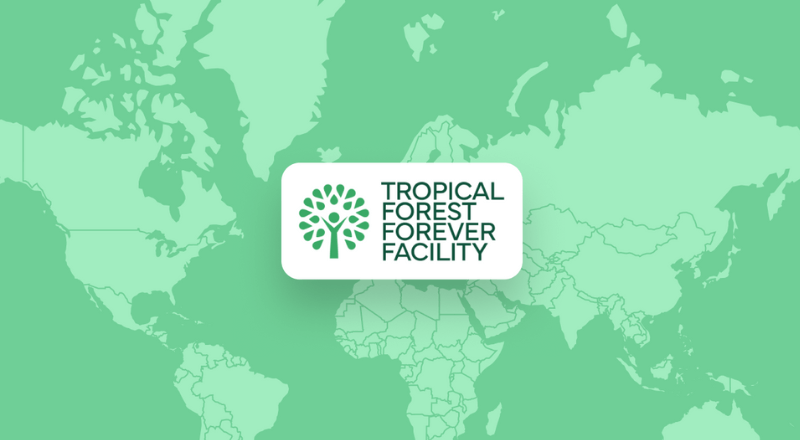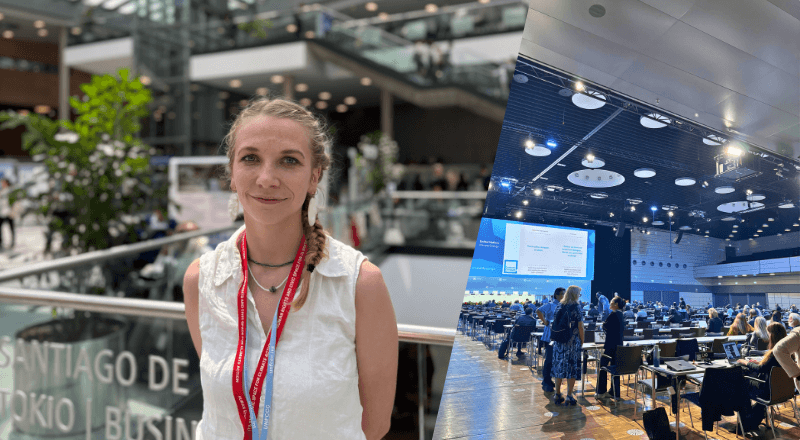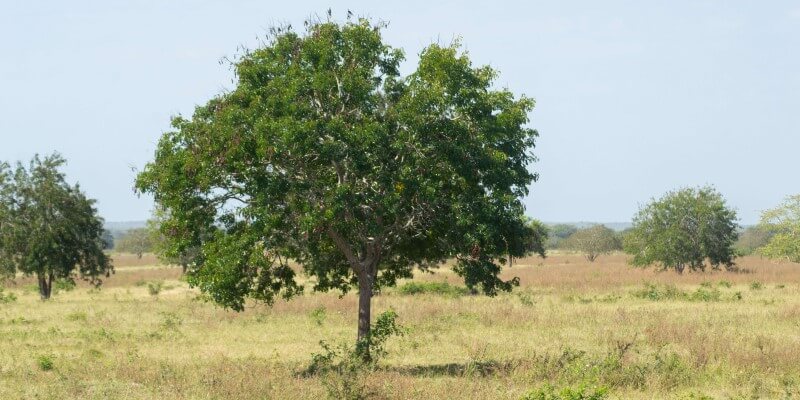
This year, Plant-for-the-Planet aims to restore two distinct forest communities with the help of some very special tree species. We want to more than double the diversity of native tree species we plant (over 20 in total) and develop more targeted species mixes for specific forest types across our planting sites. Both of these aims serve our mission to restore forest function and health across degraded forests in the region. Let me tell you about six of the species we will be planting this year.
A Lesson Learned – Three Flooding Specialists
After six hurricanes led to a very large flooding event in one of our sites (Las Americas 1) this past year, we used adaptive management and shifted our focus towards planting species that thrive in these seasonally flooded environments. These species will help us to better restore the Bajo inundable, a short (3-5 m), dense and periodically flooded tropical forest found in flat, poorly-drained zones known as akalché.
The hallmark species of this forest is Palo Tinto (Haematoxylon campechanum), which has an eye-catching wrinkled trunk –Sleepy Hollow vibe intensifies–. Additionally, the small-seeded, spiny Chukum (Havardia albicans) trees and spherical seeded Fierrillo (Caesalpinia versicaria) trees with their dark wine-red pods grow happily in open degraded periodically flooded areas.

Palo Tinto 
Fierrillo 
Chukum
Braving The Sun – Three Pioneer Species
Chaká, Jabín and Tsalam. These species make up the post disturbance communities of seasonal rainforests (selva mediana), a medium height (15-20 m) forest that grows on hill slopes. A good proportion of this forest’s tree species are deciduous, which means they drop their foliage during the long hot dry season. Some of them flower spectacularly during this leafless period.

Chaka 
Tsalam 
Jabín seeds
Chaká (Bursera simaruba) is my favorite tropical tree species. Its beautiful red papery outer bark peels to reveal a green inner bark. It also has a remarkably wide ecological tolerance (from dry-humid forests to degraded open lands to mature forests) and morphological plasticity (i.e. it can grow to be short and stubby or tall with a thin trunk, and wide to narrow crown). Winged fruit Jabín (Piscidia piscipula) – A.K.A Matapez (fish killer) – and twisted fruit Tsalam (Lysiloma latisiliquum) are sun loving species commonly found in open areas. They sometimes form small stands known as jabineras and tsalaneras, where they are the most abundant and dominant species
©Text, Photos: Marcos Escobar, Plant-for-the-Planet Mexico
A detailed list of native tree species that we plant on the Yucatán Peninsula can be found here
